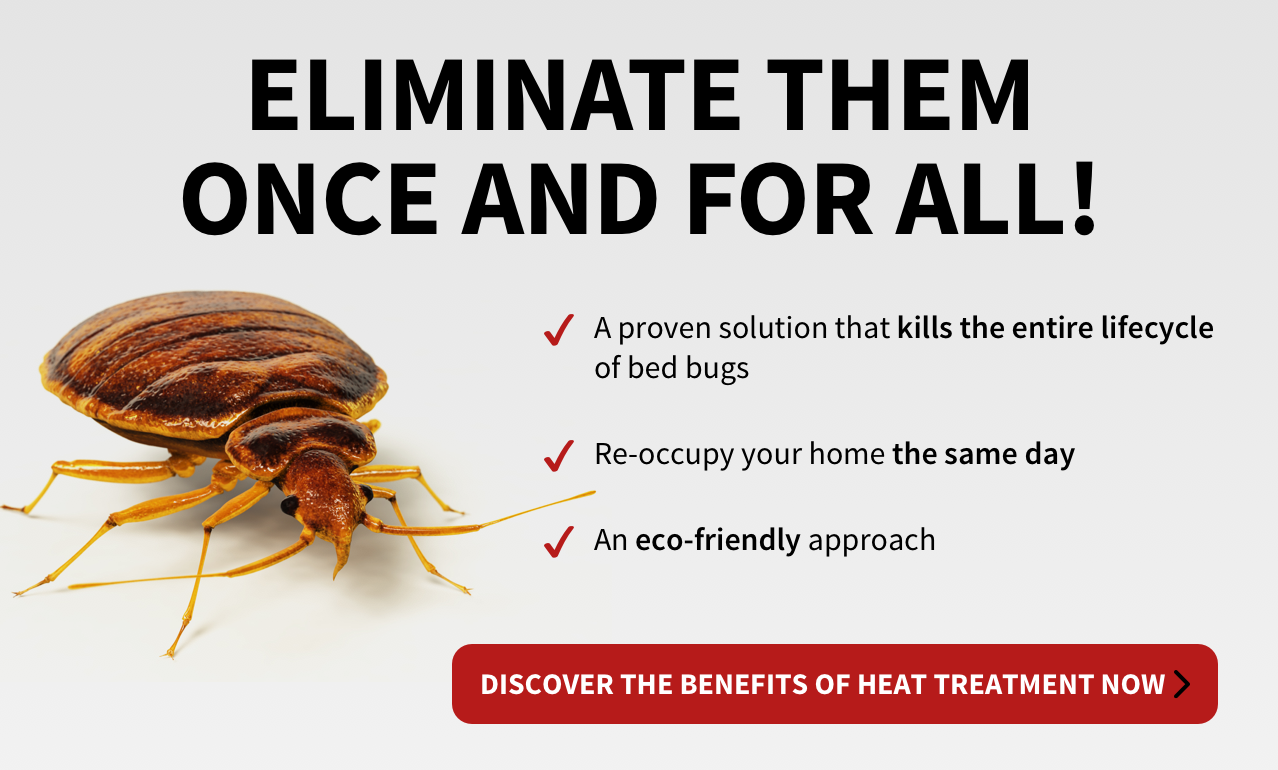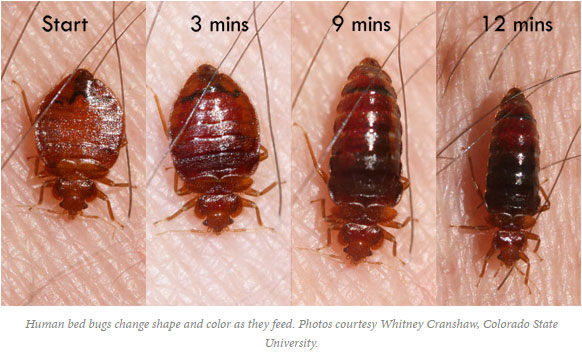A1 Bed Bug Exterminator Houston: Quick Removal Solutions
A1 Bed Bug Exterminator Houston: Quick Removal Solutions
Blog Article
Understanding the Lifecycle of Pests for Targeted Control Methods
Comprehending the lifecycle of pests is an essential facet of reliable bug administration techniques. Via a much deeper understanding of just how bugs advance and grow, customized control techniques can be designed to resolve specific factors in their lifecycle, ultimately leading to even more effective parasite management results.
Value of Comprehending Pest Lifecycle
Recognizing the lifecycle of bugs is important for establishing effective and targeted control strategies in insect administration. By understanding the various stages an insect goes via from egg to adult, parasite control specialists can identify weak spots in the lifecycle where treatment can be most effective. Understanding when larvae are most energetic can assist determine the optimal timing for applying larvicides. In addition, understanding the life-span of an insect types can help in forecasting populace growth patterns and potential problem dangers.
In addition, identifying the particular environmental problems needed for each phase of the bug's lifecycle can assist decisions on environment alteration or exclusion techniques to decrease and interfere with the lifecycle insect populations. This understanding enables pest management experts to execute aggressive steps as opposed to depending entirely on reactive therapies, bring about even more long-lasting and lasting pest control services. Inevitably, a complete understanding of insect lifecycles encourages insect control practitioners to tailor their methods successfully, maximizing and reducing ecological effects control results.
Trick Phases in Pest Growth
To effectively execute targeted control strategies in bug monitoring, an important element hinges on adequately identifying and recognizing the essential stages in insect advancement. Parasite development generally includes a number of crucial phases that are important for their lifecycle and management. The initial stage is the egg phase, where insects lay eggs that later on hatch into larvae. Larvae then proceed into pupae, a stage where they go through metamorphosis before becoming adult parasites. Recognizing these stages is crucial as it helps in identifying weak spots in the lifecycle where control measures can be most effective.

Susceptabilities in Parasite Lifecycle
Throughout the different phases of a bug's lifecycle, distinctive vulnerabilities emerge that can be purposefully targeted for effective control procedures (A1 Bed Bug treatment houston). One essential vulnerability lies in the egg phase, where parasites are frequently a lot more vulnerable to specific insecticides or biological control representatives due to their soft external covering, making them easier targets for intervention. Comprehending these A1 bed bug extermination houston susceptabilities in the parasite lifecycle is essential for developing reliable and specific control strategies that efficiently handle bug populaces while decreasing ecological influence.
Applying Targeted Control Measures

Implementing targeted control steps commonly involves a multi-faceted method. This might consist of habitat adjustment to make the atmosphere less hospitable to parasites, such as eliminating standing water for insect control or securing entry points for rodents. Furthermore, organic control approaches can be utilized, where natural predators or microorganisms are presented to maintain parasite populations in check.
Integrated Parasite Monitoring (IPM) methods that combine numerous control procedures in a collaborated and sustainable fashion are commonly the most efficient in achieving lasting insect management objectives. By executing targeted control measures based on a detailed understanding of bug lifecycles, insect populaces can be efficiently controlled while lessening dangers to human wellness and the atmosphere.
Enhanced Bug Management Practices

Additionally, the unification of biological control representatives, such as natural killers or pathogens of bugs, can help in reducing reliance on chemical pesticides and advertise a more well balanced ecosystem. Carrying out physical barriers and traps can additionally be part of improved pest administration techniques, providing safe and targeted solutions for insect control. Furthermore, using scents and other semiochemicals can interrupt pest breeding patterns and communication, resulting in reduced insect populaces with time.
Verdict
To conclude, comprehending the lifecycle of bugs is crucial for reliable pest management methods. By recognizing key stages in bug growth and vulnerabilities in their lifecycle, targeted control steps can be carried out to decrease pest populations. Improved bug monitoring practices can help in reducing the dependence on broad-spectrum chemicals and advertise even more lasting and environmentally friendly bug control techniques. This expertise plays an essential duty in maintaining healthy communities and agricultural efficiency.
Understanding the lifecycle of parasites is crucial for creating reliable and targeted control methods in insect administration. By comprehending the numerous phases a bug goes with from egg to adult, pest control specialists can determine susceptible points in the lifecycle where treatment can be most effective. Eventually, a comprehensive understanding of pest lifecycles encourages bug control professionals to tailor their approaches successfully, optimizing and reducing ecological effects control outcomes.
By applying targeted control procedures based on a comprehensive understanding of pest lifecycles, bug populations can be successfully regulated while decreasing threats to human health and the environment.
By recognizing essential phases in insect growth and vulnerabilities in their lifecycle, targeted control actions can be carried out to minimize bug populations.
Report this page